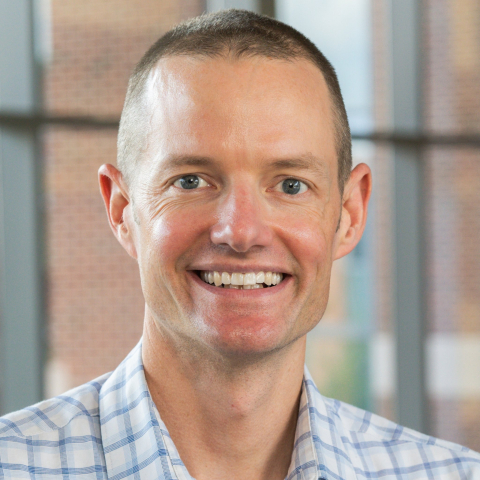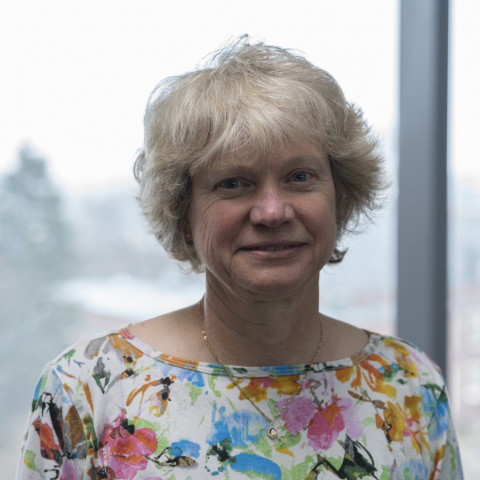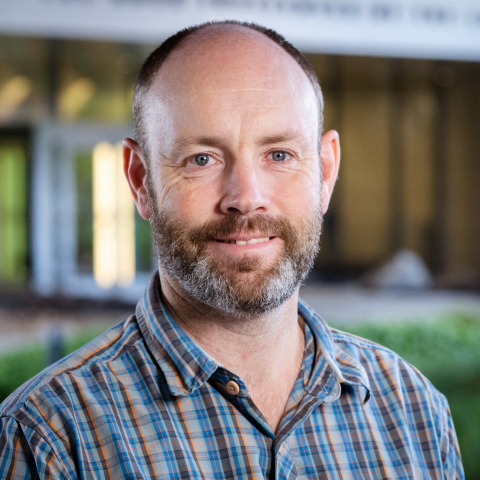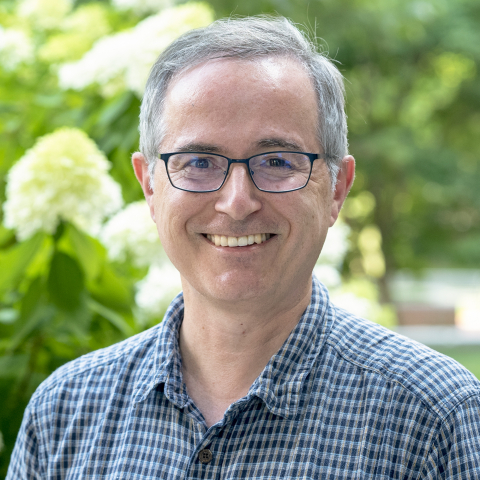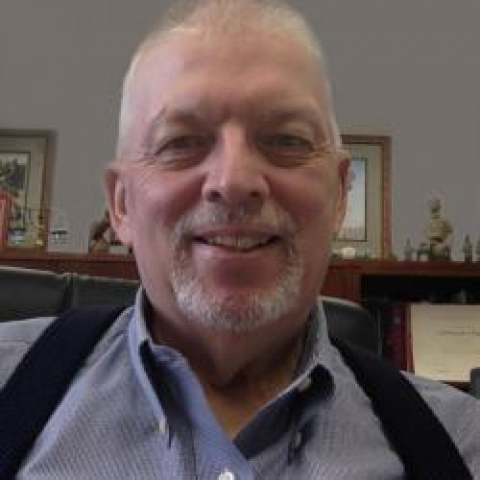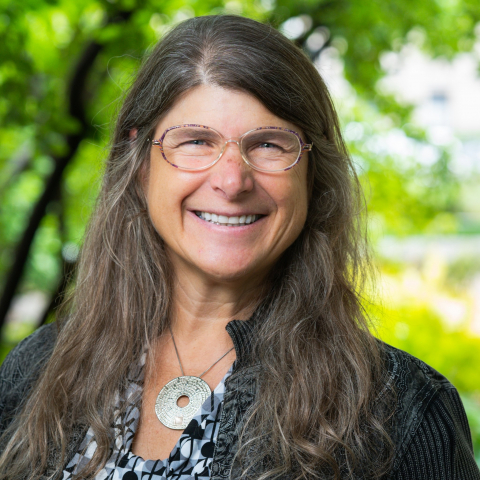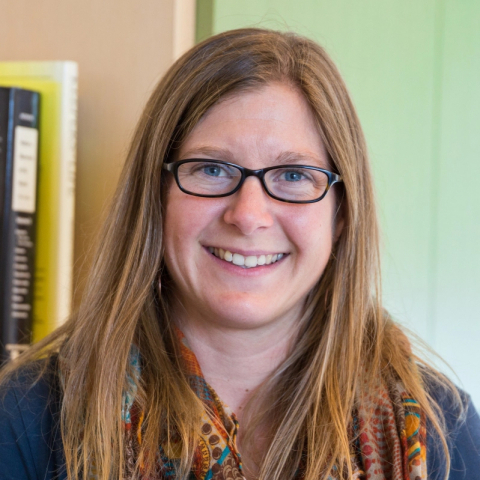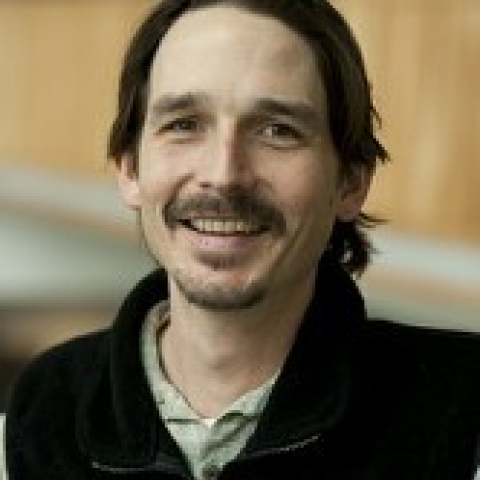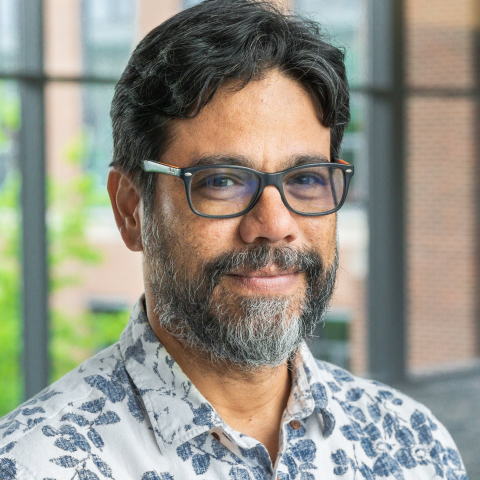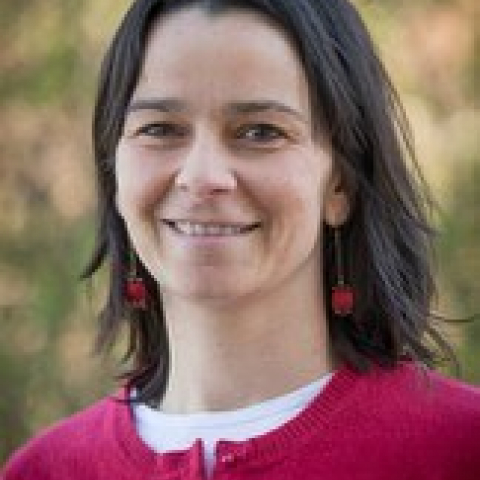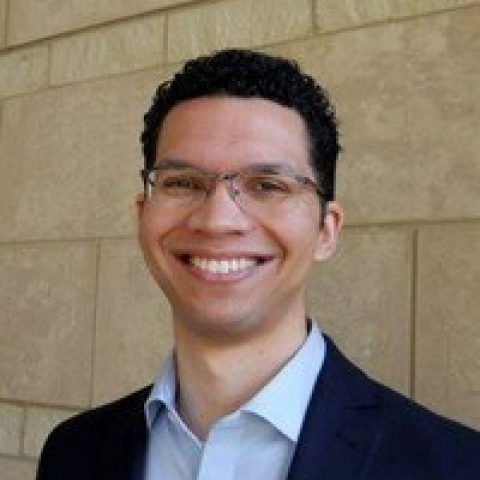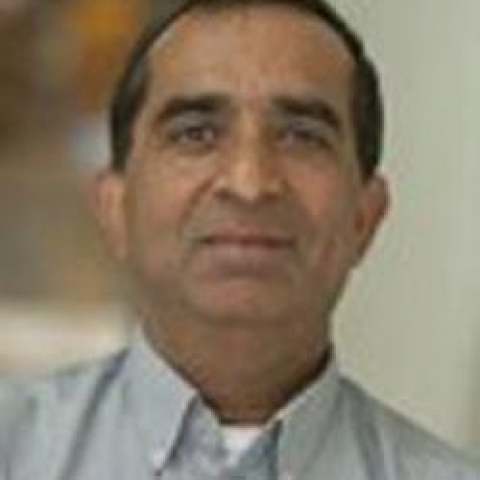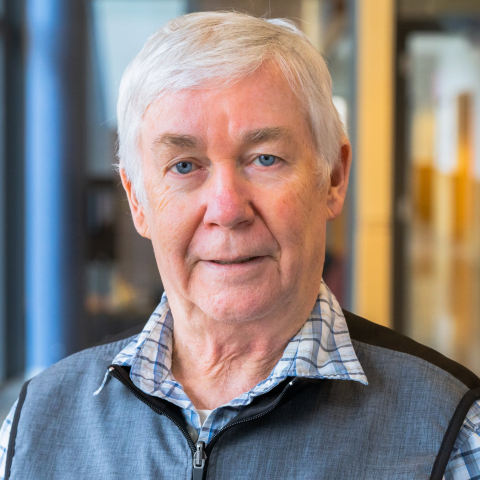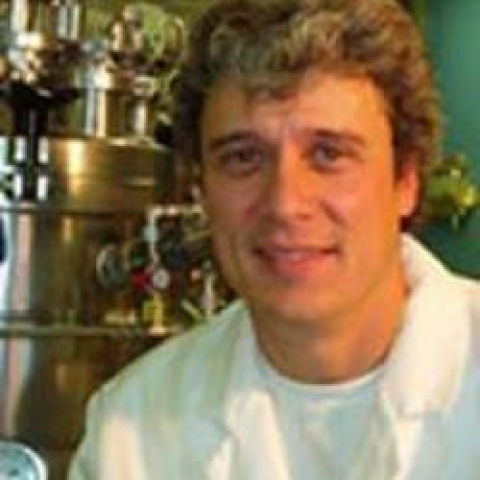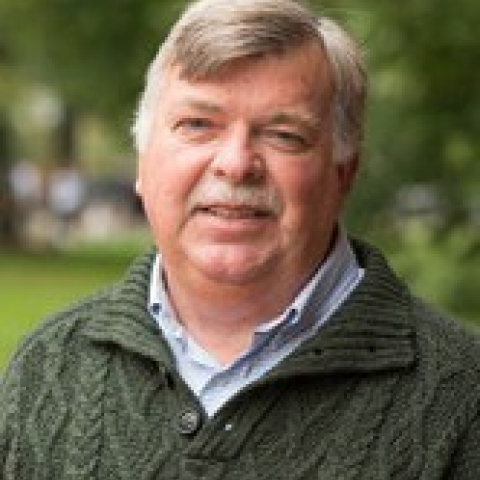People
Jared Ali
Associate Chair, Intercollege Graduate Degree Program in Ecology; Director of the Center for Chemical Ecology; Associate Professor of Entomology
Behavior and chemical ecology of multi-trophic interactions, including plant responses to below-ground herbivory and nematode. Insect community ecology, chemical ecology, and coevolution. Trophic cascades, above- and below-ground interactions, chemotaxis of soil nematodes, and evolution of plant defense strategies.
Charles Anderson
Co-Director, Center for Biorenewables; Professor of Biology
In vivo imaging of plant cell wall dynamics. Molecular genetic analysis of genes involved in cell growth. Cell wall biosynthesis in dividing cells. Cell wall engineering for sustainable bioenergy production.
Sally Assmann
Waller Professor of Biology
Molecular biology of plant G-proteins and kinases. Phytohormone regulation of signal transduction and RNA processing. Second messenger regulation of ion channels in plant cells.
Michael Axtell
Distinguished Professor of Biology
Discovery and characterization of plant microRNAs and siRNAs. Functions of microRNAs and siRNAs in the evolution of plant development. Genomics and bioinformatics of microRNAs, siRNAs, and their targets
Robert Berghage
Associate Professor of Plant Science
Environmental plant physiology. Controlled and modified environments for plant growth. Eco-roofs, rooftop greening, and other uses of plants in distributed stormwater management systems.
Philip Bevilacqua
Co-Director, Center for RNA Molecular Biology; Distinguished Professor of Chemistry and of Biochemistry and Molecular Biology
RNA folding in vivo and genome-wide; RNA regulation of gene expression; Ribozyme Mechanism; roles RNA may have played in the emergence of life on early earth
Kathleen Brown
Professor of Plant Stress Biology
Regulation of root development. Root responses to edaphic stress. Identification and genetic mapping of traits for adaptation to edaphic stress.
Donald Bryant
Ernest C. Pollard Professor of Biotechnology; Professor of Biochemistry and Molecular Biology
Photosynthesis, structure-function relationships of proteins, gene regulation, and microbial physiology. Cyanobacteria and green sulfur bacteria. Genomics of photosynthetic bacteria.
Carolee Bull
Professor of Plant Pathology; Bacterial Systematics Head; Director of Microbiome Sciences Dual-Title Degree Program
Bacterial systematics, epidemiology, and population biology of bacterial plant pathogens and biological control agents to develop alternatives to synthetic chemicals for plant disease management
Liana Burghardt
Director of the Center for Root and Rhizosphere Biology; Huck Early Career Chair of Root Biology and Rhizosphere Interactions; Assistant Professor of Plant Science
Plant-microbe-climate interactions; the evolution and ecology of legumes and nitrogen-fixing rhizobia; the genomic basis and environment dependence of root, nodule, and mutualism traits; GWAS/transcriptomics/evolve & resequence methodologies
Jeffrey Catchmark
Professor of Agricultural and Biological Engineering
Cellulose synthesis and organization, cellulosic composites and coatings, microbial cellulose production, and chemically powered microfluidic and biological devices and sensors.
Surinder Chopra
Professor of Maize Genetics
Regulation of flavonoid biosynthesis during plant development and plant-pathogen interaction. Epigenetic regulation and allele specific patterns.
Erin Connolly
Professor and Head of Plant Science
Molecular mechanisms of micronutrient transport. Iron uptake and compartmentalization. Metal ion homeostasis
Daniel Cosgrove
Eberly Chair and Professor of Biology
Mechanism of plant growth. Function and evolution of expansins. Biochemistry and rheology of plant cell walls. Growth responses to light, hormones, and water stress and other stimuli.
Wayne Curtis
Professor of Chemical Engineering
Regulation and signal transduction in plant secondary metabolism. Phytoremediation of hydrocarbons. Commercial chemical production in plants and plant tissue culture.

